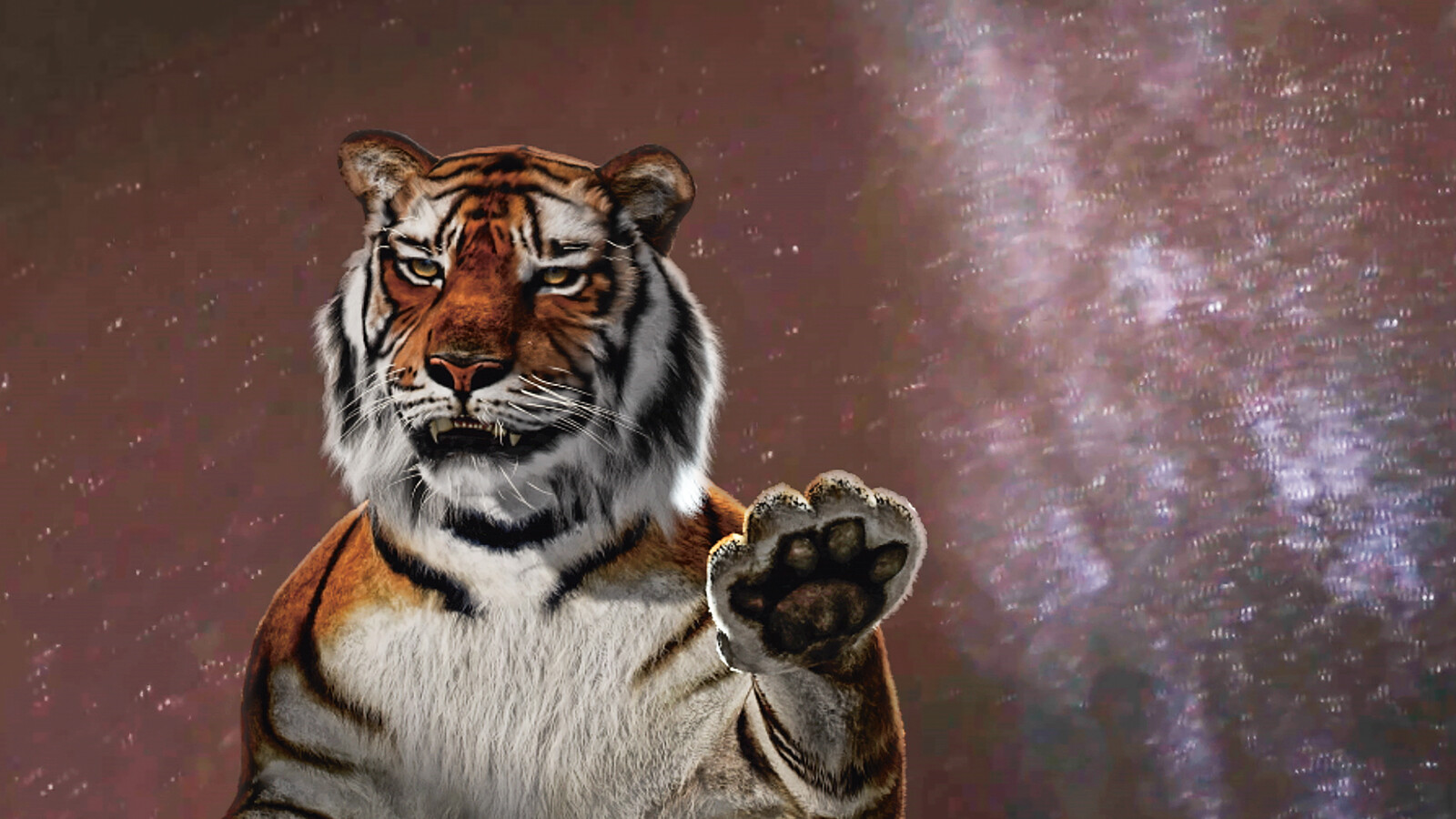Time & the Tiger
November 24, 2023–March 3, 2024
#01-02 Tanjong Pagar Distripark
39 Keppel Rd
Singapore 089065
Singapore Art Museum (SAM) proudly presents Time & the Tiger, the first mid-career survey exhibition of artist Ho Tzu Nyen, featuring seven major installations drawn largely from the Collection of SAM and a new commission titled T for Time. A collaborative effort between SAM and Art Sonje Center, the exhibition is set to travel to numerous venues worldwide, after its premiere at SAM at Tanjong Pagar Distripark.
As one of Singapore’s most internationally recognised artists, Ho is a visual artist, writer, theatre-maker, and filmmaker whose practice has been the embodiment of a political ethos that continuously challenges conventional hierarchies in our understanding of the past. His art is often narrated through a cast of unruly and fluid characters who act as mediums for unravelling the complex intersections across identity formation, storytelling traditions, ideological shifts and the passage of time in Asia.
At the heart of this exhibition is The Critical Dictionary of Southeast Asia (CDOSEA). Launched in 2012, Ho has been meticulously compiling found images, texts and music that form the foundation of his research, artworks, and performances on Southeast Asian histories. This aggregation has also guided his ongoing explorations between Asia and the West. Many of the installations featured in this exhibition, including One or Several Tigers (2017), The Name (2015-2017) and The Nameless (2015), emerged from this continuously evolving project.
Occupying a central location within the exhibition is Hotel Aporia (2019). Its presentation at SAM takes the form of a multi-channel video installation spanning across four rooms built in the style of a Japanese inn. Imagined as a gathering of guests and ghosts from the early 20th century, all of whom were caught in the wave of Japan’s militant nationalism and its expansion into Southeast Asia, Hotel Aporia features writings from the Kyoto School philosophers, and films by Ozu Yasujiro and Yokoyama Ryuichi altered through a meticulous post-production process.
The title of the exhibition, Time & the Tiger, alludes to the primary sources of Ho’s work: the fascination with tigers across Asia and how these majestic beings enable us to reflect on the very idea of time. Today, tigers are on the brink of extinction. However, two million years ago they roamed freely across Asia, notably in Sundaland—a landmass that once connected present-day mainland Asia with insular Southeast Asia. In recent centuries, tigers became a potent symbol during Japan’s invasion of various parts of Asia; while the weretigers of the Malay world, who may transform from man to beast, and beast to man, serve as a bridge linking humans to ancestral memory.
In today’s world, we often view time as a linear progression. For Ho, time is a multi-dimensional matrix, shaped and reshaped by a multitude of cultural, ecological and historical forces, with the tiger serving as a powerful emblem of its fluidity and complexities. This inquiry is taken up further in the new commission, T for Time, which aggregates a collection of notes and speculations on time and time-keeping traditions across Asia and the West. These notes are re-animated through 2D animation and then input into an algorithmic system that shuffles and reassembles them into a “film”. T for Time is accompanied by 39 Timepieces, each functioning as an emblem of time. Together, they represent the artist’s model for a prospective machine that continuously generates new stories, speculations and hallucinations of time, all in real-time. T for Time is co-commissioned by Singapore Art Museum and Art Sonje Center with M+, in collaboration with Museum of Contemporary Art Tokyo and Sharjah Art Foundation.
A fully illustrated catalogue, edited by Eugene Tan and Shabbir Hussain Mustafa, will be published. It features a selection of the artist’s writings over the past two decades, along with contributions by the exhibition’s co-curators and invited writers, including Selene Yap, Kenneth Tay, Jang Un Kim and Je Yun Moon, with May Adadol Ingawanij, Kathleen Ditzig, Hiroki Azuma and Lee Weng Choy.
For more information, please visit here.







